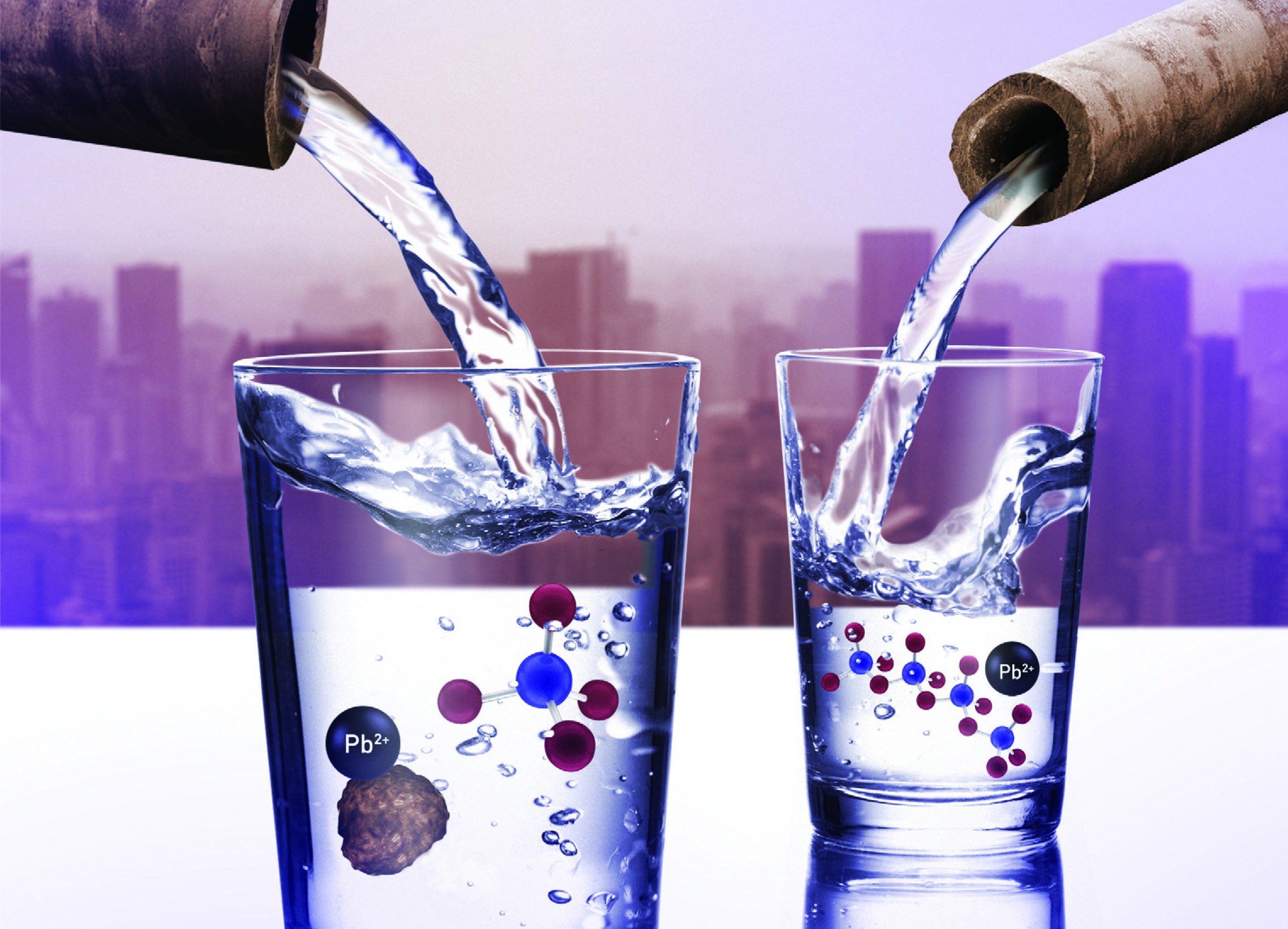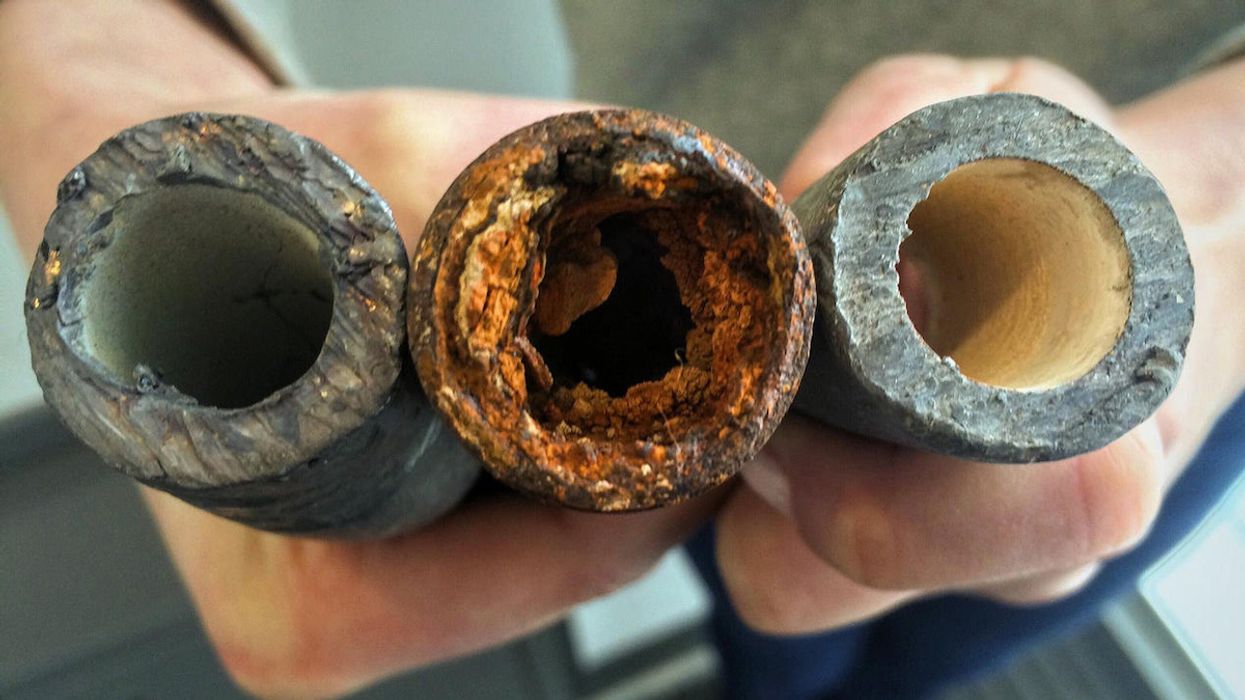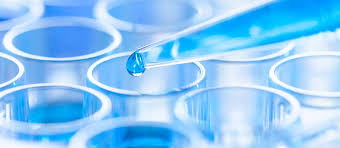Your Old Pipes and Lead
Yes, the architectural lines of older homes can be stunning; the grace of open porches and the warp and weave in old windowpanes can leave one in awe of times gone by. However, lead is often a problem in the old pipes of older homes. By older, this is not the graciousness of the Victorian home, this is most houses built before 1986.

- Lead can enter drinking water when plumbing materials that contain lead corrode.
- Lead cannot be seen, tasted, or smelled in water.
- The most common sources of lead in drinking water are lead pipes, faucets, and fixtures and lead service lines in municipalities.
In homes with lead pipes that connect the home to the water main, also known as lead services lines, these pipes are typically the most significant source of lead in the water. Among homes without lead service lines, the most common problem is with brass or chrome-plated brass faucets and plumbing with lead solder.
The Safe Drinking Water Act (SDWA) has reduced the maximum allowable lead content -- that is, content that is considered "lead-free" -- to be a weighted average of 0.25 percent calculated across the wetted surfaces of pipes, pipe fittings, plumbing fittings, and fixtures and 0.2 percent for solder and flux. Which means what the governing authority considers ‘lead-free’ and what you may be consider ‘lead-free’ may not be the same thing.
The reality is there are several factors that can result in the corrosive nature of the wearing away of between your plumbing and your water, including:

- The acidity and alkalinity and the other types of minerals in the water.
- The amount of lead it encounters.
- The age and amount of wear in the pipes.
Is there a safe level of lead in drinking water? The short answer and long answer are the same.... NO!
According to the Morning Call 10/03/19, State regulators voted 4-0 Thursday in Harrisburg to let the utility, which sells water in Northampton and Monroe counties, spend about $6 million per year to replace customers’ lead service lines.
The utility will recover the cost with a monthly 10-cent surcharge on every customer’s bill.
The Public Utility Commission said customers’ lines would remain their responsibility, and they would have to approve plans by Pennsylvania American to replace the lines. The utility estimates about 18,000 of its 656,000 customers have lead pipes connecting their houses to water mains.
Lead pipes have been linked to elevated levels of the metal in drinking water. Utilities and regulators have been addressing such concerns since the public-health crisis in Flint, Michigan, and elsewhere, most recently Newark, New Jersey.
The health issues in children and adults in relationship to lead is significant:
For children:
- Behavior and learning problems
- Hearing problems
- Anemia
The problem with lead is that it is a cumulative process, meaning that over time it builds up in our bodies. Also, you cannot see, taste, or smell lead dissolved in water. Testing is the only way of telling whether there are harmful quantities of lead in your drinking water. And ‘harmful quantities’ is any lead.
Adults:
- Cardiovascular effects, increased blood pressure and incidence of hypertension
- Decreased kidney function
- Reproductive problems (in both men and women)
Reducing lead in your drinking water:
- Test your water. Contact your water utility to have your water tested and to learn more about the lead levels in your drinking water.
- Learn if you have a lead service line. A licensed plumber can find out if the pipe that connects your home to the water main is made from lead.

- Run the water. Flush your home’s pipes by running the tap before getting water to drink, taking a shower, doing laundry, or washing dishes. The amount of time to run the water will depend on whether your home has a lead service line or not, and the length of the lead service line.
- Use cold water for drinking, cooking, and making baby formula. Boiling water does nothing to remove lead from water.
- Clean your faucet aerator, this is the faucet screen which can allow sediment, debris, and lead particles to collect in your aerator.
When concerned about the amount of lead possible in your drinking water, the professionals at Spring Rain, have the solution in several filtration systems that can filter out lead and other contaminants.
Recent Comments